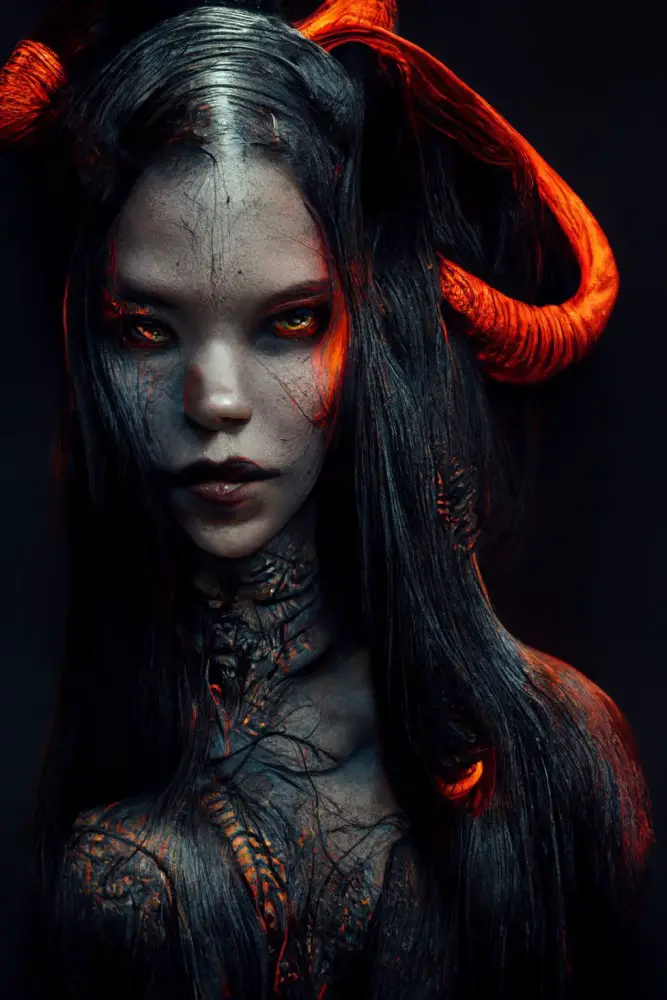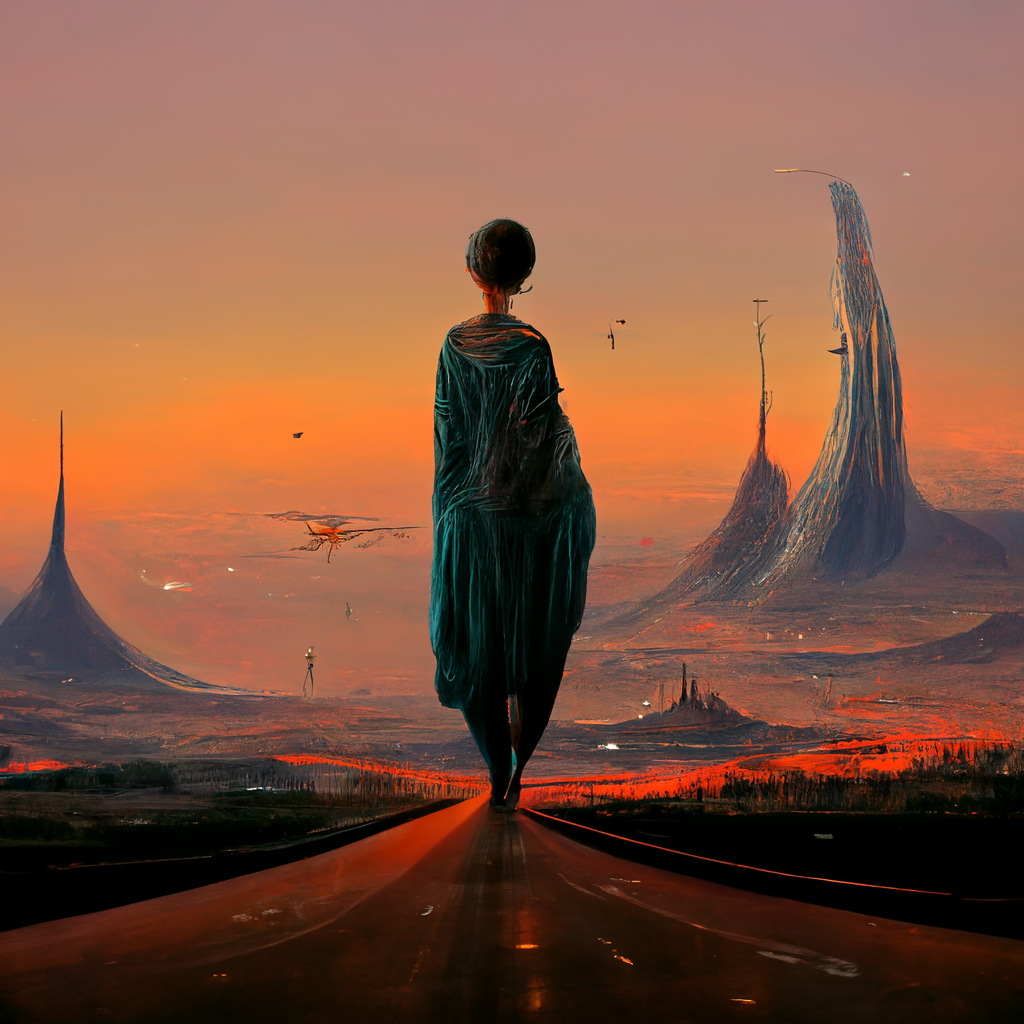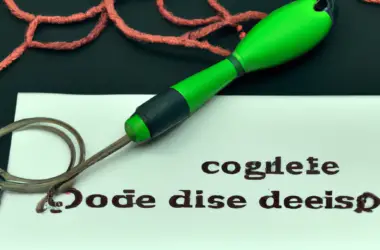The Ethical Implications of AI Art with Midjourney

The advent of artificial intelligence (AI) has brought about significant advancements across various industries, including art. AI-powered art tools like Midjourney have revolutionized the way art is created, raising ethical questions and concerns.

1. Intellectual Property and Ownership:
Midjourney generates images based on text prompts, often incorporating elements from existing artwork and styles. This raises questions about intellectual property rights. Who owns the copyright to an AI-generated artwork? Is it the user who provided the prompt, the AI system, or a combination of both?
2. Authenticity and Transparency:
AI art can be easily mistaken for human-created art, leading to concerns about transparency and authenticity. Should AI-generated artwork be labeled as such to prevent misrepresentation and ensure proper attribution to the AI system?
3. Human Creativity and Employment:
The emergence of AI art tools has sparked fears that they could displace human artists and render them obsolete. However, some argue that AI can augment human creativity, enhancing rather than replacing it. It is essential to explore ethical guidelines to ensure that AI art does not devalue human artistry.
4. Cultural and Ethical Biases:
AI art systems are trained on massive datasets, which can perpetuate cultural and ethical biases. For example, Midjourney may generate images that reinforce gender stereotypes or overlook the representation of marginalized communities. It is crucial to address these biases to promote inclusivity and diversity in AI art.
5. Privacy and Consent:
Midjourney collects user data, including images and prompts, to improve its algorithm. This raises concerns about privacy and consent. Users should be informed about how their data is used and have control over its collection and storage.
Addressing the Ethical Implications:
Addressing the ethical implications of AI art requires collaboration between artists, developers, researchers, and policymakers. Key steps include:
- Developing ethical guidelines for AI art creation, attribution, and ownership
- Promoting transparency and proper labeling of AI-generated artwork
- Exploring ways to augment human creativity with AI while ensuring fair compensation for artists
- Addressing cultural and ethical biases in AI art systems
- Safeguarding user privacy and obtaining informed consent for data collection
By addressing these ethical implications, we can foster the responsible and equitable use of AI art tools, preserving the value of human creativity while embracing the transformative potential of AI.## The Ethical Implications of AI Art with Midjourney

Executive Summary
Artificial intelligence (AI) and machine learning (ML) have made significant advancements in recent years, and they promise to affect a wide range of businesses. AI is particularly important in art. AI art created with tools like Midjourney raise various ethical concerns that must be considered to ensure responsible use. This article examines the key ethical issues associated with AI art and proposes solutions for addressing them.
Introduction
Midjourney is a compelling AI art tool that allows users to create unique images from text prompts. While this technology has the potential to revolutionize art and design, it also raises important ethical questions. These concerns center around issues of copyright, ownership, labor, authenticity, and representation. It’s essential to address these issues to foster the responsible and ethical development of AI art.
FAQs
-
What are the ethical concerns surrounding AI art?
- Copyright and ownership: Who owns the AI-generated art, the artist or AI?
- Labor: Could AI art replace human artists and devalue their work?
- Authenticity: Can AI art be considered “original” when it’s created by an algorithm?
- Representation: How do we ensure AI art reflects diversity and avoids bias?
-
How can we address the ethical concerns of AI art?
- Establish clear guidelines for copyright and ownership.
- Support human artists as the primary creators and collaborators with AI.
- Promote authentic AI-generated art as a distinct form with its unique characteristics.
- Evaluate and mitigate potential biases in AI art algorithms.
-
What are the future implications of AI in the art world?
- AI art will likely become more prevalent and sophisticated.
- It has the potential to transform how art is created, making it more accessible and collaborative.
- It raises important questions about the nature of creativity and expression in the age of AI.
Ownership and Copyright
- Establish clear guidelines for determining ownership and copyright of AI-generated art.
- Consider the roles of the human user, AI algorithm, and art platform.
Impact on Labor and Creativity
- Protect the livelihoods of human artists by acknowledging their role in guiding AI art.
- Explore ways in which AI can enhance and support human creativity.
Authenticity and Originality
- Recognize the unique nature of AI-generated art as different from traditional art forms.
- Emphasize transparency about the role of AI in the creation process.
Diversity and Representation
- Ensure that AI art algorithms are unbiased and represent a diverse range of perspectives.
- Promote the use of AI art to amplify underrepresented voices and perspectives.
Conclusion
The ethical implications of AI art are complex and require careful consideration. By addressing these concerns through transparent and collaborative discussions, we can navigate the future of AI art ethically and responsibly. It’s essential to ensure that AI serves as a tool to enhance human creativity, foster inclusivity, and advance artistic expression.
Relevant Keyword Tags:
- AI art ethics
- Midjourney
- copyright
- authenticity
- representation

